
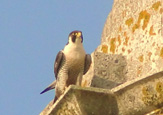
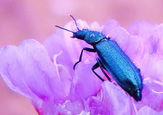
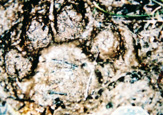
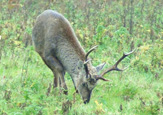
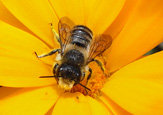
Wild Life in Meghalaya India
The wildlife of the region is diverse especially in regard to plants. A variety of terrains and altitudes, clock up the numbers of species. Some regions are well known for the variety of plant species, many of which are endemic to the area, and others are common to be found over the southern Asia, or indo Australian region. The national parks and wildlife refuge areas hold greater biodiversity, but the general jungle clad hills have an abundance of species including Hundreds of birds, dozens of reptiles, several dozen mammals, many amphibians and too many invertebrates to count. Most of the photographs are from Meghalaya, and only four are from another part of India.
Many of the species of invertebrates are not known to science, especially in regards to the species, the genus may be known of some insects. I will add the species names if and when I find them out.
Snakes
It is not just in temperate climates that reptiles have to hibernate. Snakes and lizards need to when it is too hot or dry. They cannot regulate their body temperatures like mammals and to a lesser extent birds, so they must retire in extremes of temperature whether that is cold or hot. Snakes that live in tropical climates often hibernate in cooler weather and snakes in northe5rn India hibernate in the dry season. It is cooler and dry so species such as cobras and pythons den up until march or April, and some stay put until the wet season starts at the end of May or the beginning of June.
Whilst in Meghalaya, I managed to pick up a banded krait (my birthday present) a very highly venomous species, yet very docile, so handling it was no problem. They are nocturnal like a lot of tropical species and can be found near rivers. The specimen we found was crossing a road bridge above a stream during the cool night.